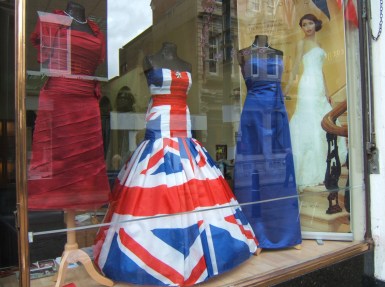
A recent lecture on the country’s dramatic drop in crime rates and “the next war on violence” dovetailed nicely with a Mystery Writers of America discussion on where crime-writing is headed.
Patrick Sharkey, author of Uneasy Peace, is a Princeton Professor of Sociology and Public Affairs. As you undoubtedly know, from the early 1990s to the mid-2010s or so, all across the country, in urban and rural areas, in large communities and small ones, crime rates—especially violent crime rates—dropped dramatically, with the greatest drops in the most disadvantaged communities.
Much as this decline was a cause for celebration, Sharkey says, this progress was always precarious because the go-to policies used to respond to crime—more prisons and police, more aggressive policing, and increased surveillance—weaken communities and build resentment and unrest in the population as a whole, especially in the populations most affected. These feelings boiled over most dramatically after the 2020 murder of George Floyd. Unfortunately, punitive strategies, Sharkey believes, are an ineffective response to the core problems.
Now, as we’ve read, the murder rate is increasing again (see the stats) from its low-points of a few years ago. What can be done to avoid the Bad Old Days? A different body of research that Sharkey has examined in detail shows that community-based organizations that focus on building stronger neighborhoods make a big difference in local rates of murder and crime of all types. He believes ample evidence exists to support a new model of crime prevention emphasizing community investment rather than individual punishment.
But will that happen? The covid epidemic has intensified the difficulty. It caused people to withdraw from public spaces and to return to them uneasily. It contributed to a notable rise in incivility. Also during the pandemic, gun sales exceeded any preceding levels (stats here). Confrontations and angry flare-ups happen; firearms make them more lethal. Covid and the associated isolation is also linked to unaddressed mental health problems in children, teens, and adults, some of which play out violently.
When author-members of MWA-New York met online last week to talk about where we think crime fiction is headed over the next decade, Sharkey’s assessment of the shifts in society were a useful backdrop for me. The discussion, led by Gary E. Ross, raised a number of issues that seem on the cusp of breakout. Clearly, crime fiction authors may want to take into account the increase in number of guns and unaddressed mental health problems.
In the background are other worsening problems that fiction might explore, like electronic crimes, unwanted surveillance, implementation of artificial intelligence models, the downside of Big Data (just don’t make me try to understand Bitcoin).
On the science side, our authors foresaw the increased capacity to bioengineer viruses and produce chemical weapons as likely to appear in fiction. The military’s cautious acceptance of what we used to call Unidentified Flying Objects and now call Unidentified Aerial Phenomena opens a lot of intriguing story directions. But, here on earth, the persistent and growing political divisions, domestically and internationally, create social instability where crimes can occur. All these will affect what authors may want to write about and (we hope) readers may want to read.
Further Reading:
Uneasy Peace: The Great Crime Decline, The Renewal of City Life, and the Next War on Violence (2019) Order it here.
Social Fabric: A New Model for Public Safety and Vital Neighborhoods, March 2021. Get a copy here.
















